Quantization Noise in Bit Compressors: The Invisible Trade-off
In the world of digital signal processing, bit compressors play a crucial role in reducing file sizes while maintaining acceptable audio quality. However, one unavoidable byproduct of this process is quantization noise—a subtle yet persistent artifact that shapes the listening experience. Unlike harmonic distortion or clipping, quantization noise manifests as an unstructured, broadband hiss that can mask delicate details in audio signals. Engineers have been wrestling with this phenomenon since the early days of PCM encoding, developing increasingly sophisticated techniques to minimize its impact without compromising compression efficiency.
The fundamental cause of quantization noise lies in the very nature of digital representation. When an analog signal gets converted to digital format, the continuous waveform gets sliced into discrete steps. Each sample's amplitude gets rounded to the nearest available value in the digital system's limited resolution. This rounding error creates what we perceive as quantization noise. In uncompressed audio, the noise floor remains relatively constant and predictable. But when bit compression enters the picture, the noise characteristics become far more complex and signal-dependent.
Modern codecs employ psychoacoustic models to distribute quantization noise in ways that minimize its audibility. By analyzing the spectral content of audio signals in real-time, these algorithms can push noise into frequency bands where human hearing is less sensitive. This technique, known as noise shaping, represents a significant advancement over early compression methods that simply applied uniform quantization across all frequencies. The MP3 format's bark scale allocation and AAC's more sophisticated polyphase filters demonstrate how noise shaping has evolved to become increasingly transparent to listeners.
Bitrate plays a decisive role in determining the severity of quantization noise. At higher bitrates (256 kbps and above), codecs have sufficient data bandwidth to represent musical information with minimal quantization error. As bitrates decrease, the compressor must make more aggressive decisions about what information to preserve and what to discard. The noise floor rises accordingly, but clever encoding strategies can still maintain surprisingly good quality. The current generation of codecs like Opus and LDAC achieve remarkable transparency at bitrates that would have produced unacceptable artifacts a decade ago.
The relationship between quantization noise and musical content follows some counterintuitive patterns. Complex, rapidly changing passages tend to mask quantization noise effectively, as the auditory system gets overwhelmed by the density of musical information. Conversely, simple tones and sustained notes reveal quantization artifacts most clearly. This explains why certain instruments—like solo piano or acoustic guitar—often sound worse at low bitrates than dense rock mixes or orchestral works. The noise becomes most noticeable during quiet passages and reverb tails, where it can create a characteristic "swirling" effect as the encoder struggles to represent decaying ambience.
Advanced dithering techniques have emerged as powerful tools against quantization noise. While traditional dither adds controlled noise to linearize quantization error, modern implementations like noise-shaped dither go further by spectrally tuning the dither signal. This approach pushes the dither energy into frequency ranges where it's least likely to be noticed, effectively trading one form of noise for another that's more psychoacoustically palatable. Some mastering engineers now apply specialized dither during the final bounce to optimize audio for specific compression codecs—a practice that was unheard of in the early digital era.
The battle against quantization noise has driven innovation across multiple technical domains. From improved transform algorithms that reduce pre-echo artifacts to machine learning models that predict optimal quantization step sizes, each advancement chips away at the fundamental limitations imposed by Shannon's rate-distortion theory. The latest neural audio codecs represent perhaps the most radical departure from traditional approaches, using trained networks to reconstruct audio in ways that often bypass explicit quantization altogether. While these methods introduce their own artifacts, they demonstrate how the field continues evolving beyond conventional noise-shaping paradigms.
For audio professionals, understanding quantization noise remains essential for making informed decisions about compression. The choice between codecs, bitrates, and encoding parameters always involves balancing file size against potential artifacts. What sounds acceptable on earbuds during a commute might reveal unpleasant noise when played through high-end studio monitors. As consumer expectations rise alongside improvements in playback systems, the pressure to minimize quantization noise while maintaining efficient compression will only intensify—ensuring this technical challenge remains at the forefront of audio engineering for years to come.

By /May 30, 2025

By /May 30, 2025

By /May 30, 2025
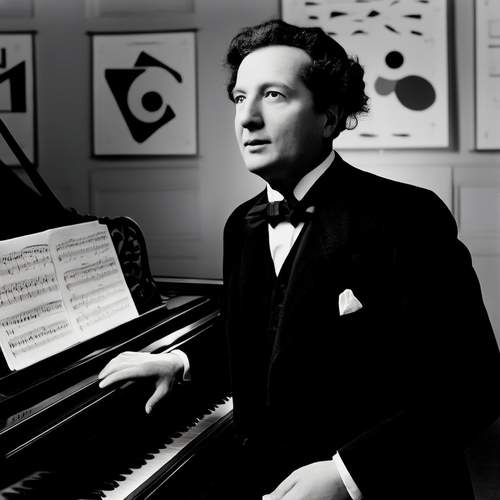
By /May 30, 2025

By /May 30, 2025
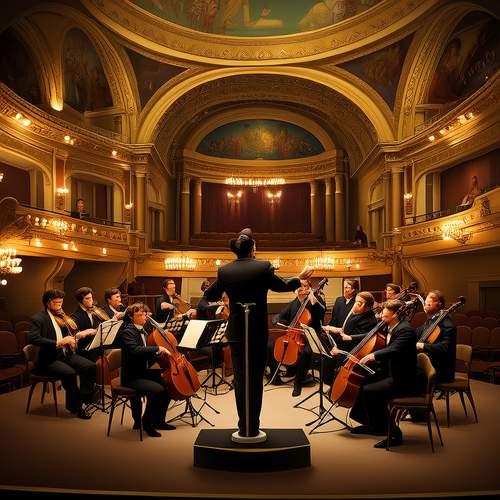
By /May 30, 2025

By /May 30, 2025
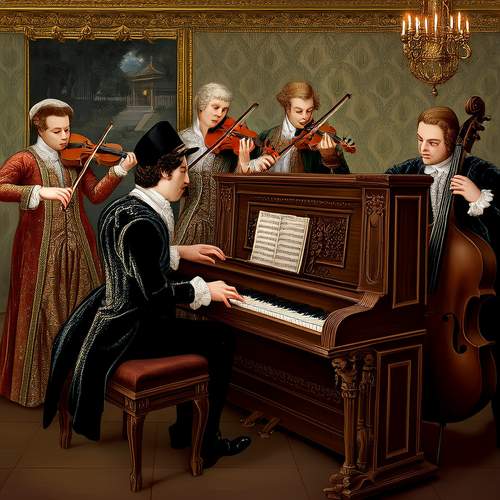
By /May 30, 2025

By /May 30, 2025

By /May 30, 2025
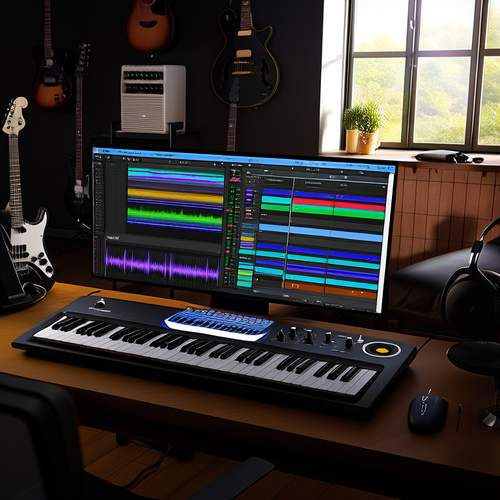
By /May 30, 2025
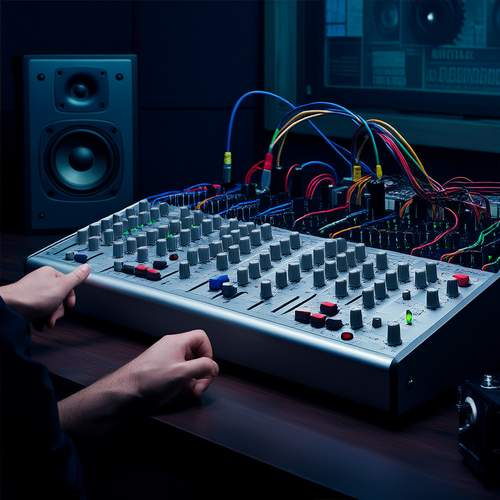
By /May 30, 2025
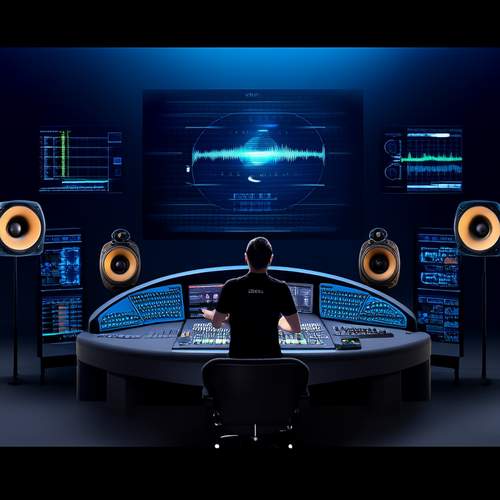
By /May 30, 2025
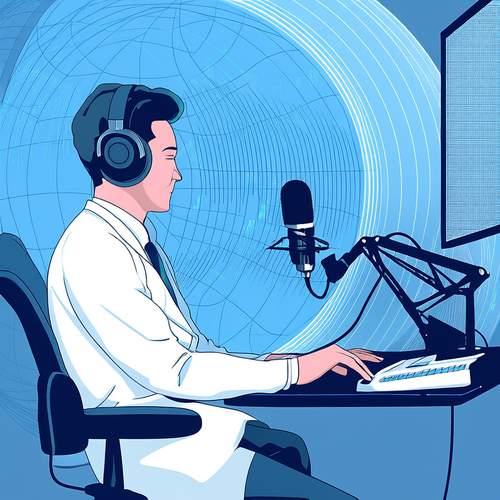
By /May 30, 2025
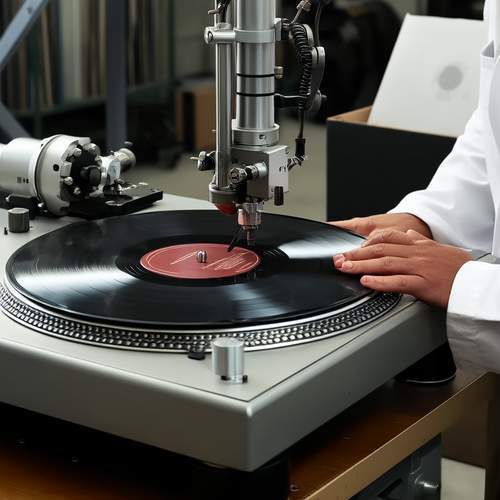
By /May 30, 2025
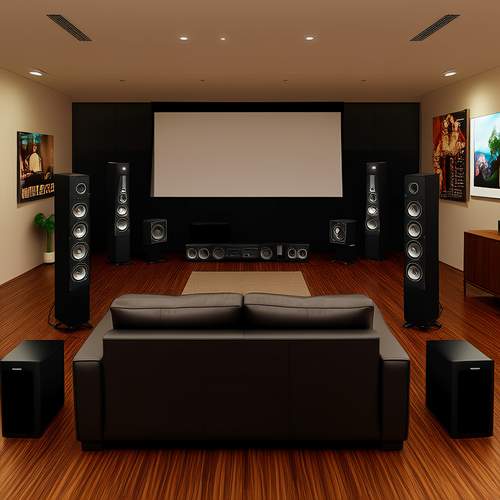
By /May 30, 2025
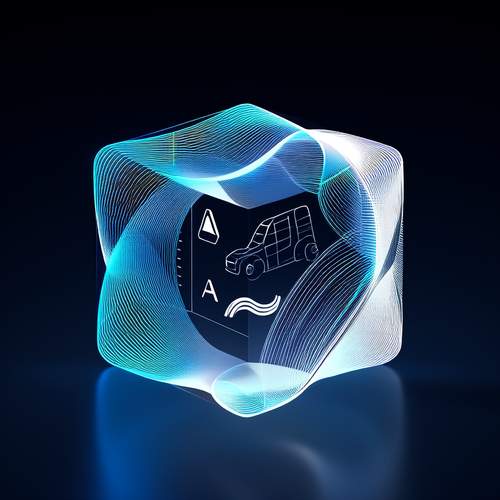
By /May 30, 2025

By /May 30, 2025
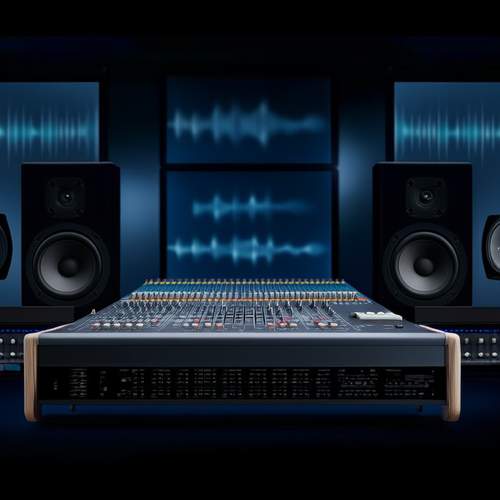
By /May 30, 2025
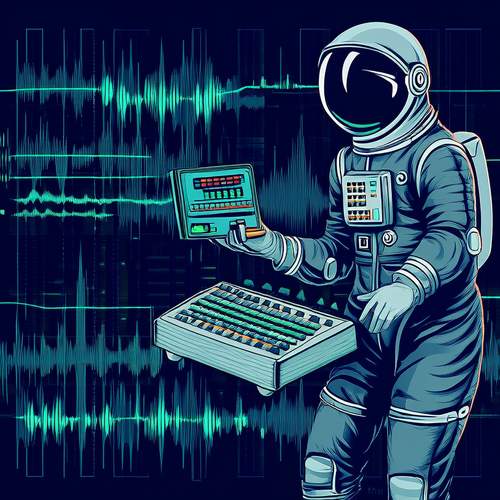
By /May 30, 2025